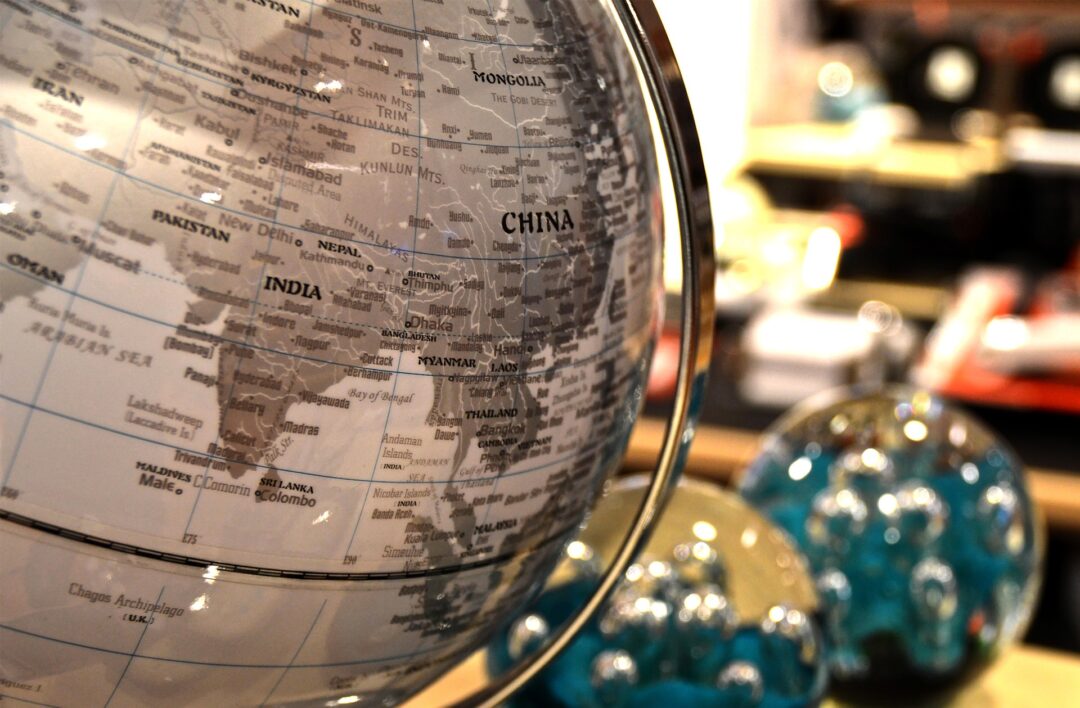Written by Vikas Pershad, Portfolio Manager, Asian Equities, M&G Investments
As I approach the half-century mark, my eyes are weakening, but my vision for certain aspects of the world is clearer than ever.
Chief among these is the structural inversion of society here in Asia: a population pyramid no longer firmly based, with every generation smaller than the next, but increasingly top heavy and imbalanced. I see this transposition across the region: from the wealthiest countries, including Singapore, South Korea, Japan and China, to countries like Vietnam that might age before they prosper. Even India, with the world’s largest population (and among its youngest), now sees its total fertility rate dip below the replacement level of 2.1.
This shift heralds a host of well-chronicled problems: fewer workers, farmers, and military service persons; rising healthcare costs; reduced tax revenue; and decelerated growth. The list increasingly resembles the demographic profile of the region: it’s aging.
Yet, this population shift also brings about opportunities that are new. In Asia, entrepreneurs and investors alike are showing the world that aging is not an involuntary slide into senescence. Instead, we can choose to innovate, to regenerate. That the somber yin of Shakespeare’s assertion of one’s life ending in a seventh age of “second childishness and mere oblivion, sans teeth, sans eyes, sans taste, sans everything” should be counterbalanced with the yang of Emily Dickinson’s more optimistic: “we turn not older with years but newer every day.”
However we need not look solely to western bards for inspiration. Closer to home, there is a potent symbol of wisdom and intelligence, of longevity and evolution, of power and wealth: the wood dragon reminds us what is possible in this new year – and beyond.
There is evidence of possibility – and opportunities for investment – across the region.
We start in North Asia, where labour shortages in manufacturing are fueling the demand for robotics. The underlying demographic trend has been evident for decades, but recent technological advancements in sensing (machine vision, primarily), communication (5G), computation (machine learning) and hardware (miniaturisation and co-bots) are only now accelerating the adoption of automation, across sectors. World leading robot manufacturers in Japan, China, Taiwan and South Korea offer investors a broad and deep opportunity set; include the companies supplying the robot makers with sensors and reduction gears and semiconductors and software, and the set becomes broader and deeper.
Beyond automation and still in North Asia, we find companies innovating in the health, wellness and beauty industries. In the life sciences, Japanese biotech companies focused on regenerative medicine benefit from favourable government policies and are developing treatments that can slow – and, one day, perhaps reverse – the effects of many chronic ailments. They are also progressing in the fights against cancer and inflammation; and neurodegenerative disease, with Japan housing the world’s first and only approved treatment that has demonstrated a reduction in Alzheimer’s disease progression. Wellness and beauty, which sit at the intersection of fitness, nutrition and cosmetics, are seeing innovation from listed companies in Japan and South Korea in the form of modern gyms, new foods (both engineered and organic) and makeup products customised for different generations of members, diners and consumers.
In South Asia, India offers a plethora of investment choices in services and manufacturing, all designed to heal, educate, build for and cater to an aging populace. The country’s private hospitals are demonstrating that building healthcare infrastructure in a rapidly growing market can bring both patient volumes and pricing power, as seen in healthy topline growth and expanding margins. Private education companies are leveraging online and offline teaching expertise, alongside data analytics, to develop programs that help seniors extend careers and improve productivity through re-skilling and up-skilling. Such software can be deployed, at scale, globally. Companies across sectors are creating products and delivery mechanisms better suited for an aging citizenry: innovative new home designs for older residents; convenient prescription medication delivery; and low priced, high quality eyewear for older eyes (including mine). And in the consumer goods and manufacturing sectors, the demographic trends playing out in Asia are seeing an extension, via India, into Africa, where a quarter of humanity will likely be by 2050. What some may have once called the Dark Continent now shines bright with export opportunities for Indian companies making motorcycles, packaged foods, hair and beauty products and more.
In other sectors, such as financial services, innovation knows no borders, whether geographic or socioeconomic. The region is witnessing a growing population of wealthy seniors rich in resources, yet time-poor; alongside a growing population of seniors poor in both. Banks, insurance companies and fintech startups are addressing the needs of them all, starting with the financialisation of savings through mutual funds, wealth managers and insurance. There are yet more businesses serving a newer, but older, clientele: tourism companies (and those that finance the voyages); operators of long-term care facilities; and medical device companies designing wearables, implantables and mobility devices that, over time, will aid and replace senses, sinew and bone.
Counterbalancing the heavy impacts of an aging society will require more than novel gadgets, products and services. It will take better policies on immigration and taxes, more investment in physical infrastructure and changes in mindsets about what an aging citizenry looks like and is capable of accomplishing. It is worth remembering that, under the right conditions, the embers of old age can be reignited. And that takes inspiration, a little time and some fire. Seems like a job for a dragon.





